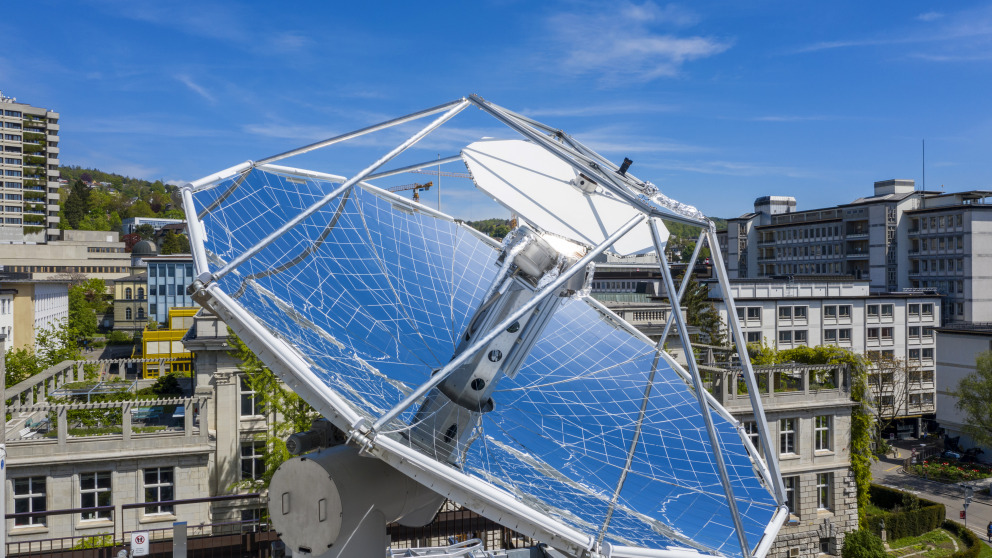2021-11-18 スウェーデン王国・リンショーピング大学

・ リンショーピング大学が、有機電極と水系電解質による、安全、安価でサステナブルなエネルギー貯蔵技術を開発。
・ エネルギーミックスにおける再生可能エネルギーシェアと電力消費量の増大により、電力供給ネットワークのバランスの維持が大きな課題となっている。エネルギーの大量貯蔵手法の選択肢は限られており、電力需要が最も高くなる寒候期では特に問題が顕著となる。
・ 新エネルギー貯蔵技術のブレイクスルーは、新タイプの水系電解質とリグニンより作製した電極。高濃度の水系ポリマーであるアクリル酸カリウム、リグニンカソードとポリイミド・カーボンアノードで構成され、プリンティングで作製できる。
・ リグニン(製紙プロセスの安価な副産物)、カーボン、ポリマー電解質のコストはいずれも 1USD/kgと安価な容易に入手できる不燃性材料で、大容量電池へのスケールアップが可能。
・ 有機電極によるエネルギー貯蔵では世界最高の 0.5V(100 時間)の電圧降下を達成。エネルギー密度は一般的なスーパーキャパシタや鉛電池を超える 5kW/kg であるが、リチウムイオン電池には劣るためさらに向上させる必要がある。
・ 特許取得済みの同エネルギー貯蔵技術は、エネルギー転換を加速させるアイデアを持つ新興企業を対象としたスウェーデンのイノベーションチャレンジである、Startup 4 Climate で優勝した 2 件のうちの 1 件(COP26 にて発表)。スウェーデン中東部のノルショーピングを拠点としたスピンオフの Ligna Energy AB が商業化する予定。
・ 本研究には、クヌート・アンド・アリス・ヴァレンベリ財団および Swedish Government Strategic Research Area in Materials Science on Functional Materials が資金を提供した。
URL: https://liu.se/en/news-item/prisbelont-teknik-for-storskalig-energilagring
<NEDO海外技術情報より>
(関連情報)
Advanced Energy and Sustainability Research 掲載論文(フルテキスト)
Water-in-Polymer Salt Electrolyte for Slow Self-Discharge in Organic Batteries
URL: https://onlinelibrary.wiley.com/doi/10.1002/aesr.202100165
Abstract
In electrochemical energy storage devices (ESDs), organic electrolytes are typically used for wide operational potential window, yet they suffer with cost, environmental, flammability issues, and low ionic conductivity when compared with water-based electrolytes. Hence, for large-scale applications that require high power and safety, presently there is no true solution. Though water-based electrolytes have higher ionic conductivities, and are cost-effective and nonflammable, their high self-discharge rate with organic/carbon-based electrodes impedes their commercialization. It is found out that highly concentrated polymer electrolytes on the concept of “water-in-salt electrolyte” lead to extremely low leakage current within the electrochemical stability window (ESW) of water, thus solving the issue of self-discharge in organic/carbon-based ESDs. Herein, potassium polyacrylate (PAAK) is prepared as “water-in-polymer salt electrolyte” (WIPSE) and tested for one of most abundant wood-based biopolymer lignin and polyimide as positive and negative electrodes, respectively, in both half-cell and full-cell. The device shows an open-circuit voltage drops <0.45 V in 100 h setting a record for organic batteries using aqueous electrolyte. The high ionic conductivity (40–120 mS cm−1) nonflammability of PAAK with high ESW (3.1 V) opens a new direction for truly safe, sustainable, and high power (6.8 kW kg−1) organic ESD manufactured by printing technologies.




